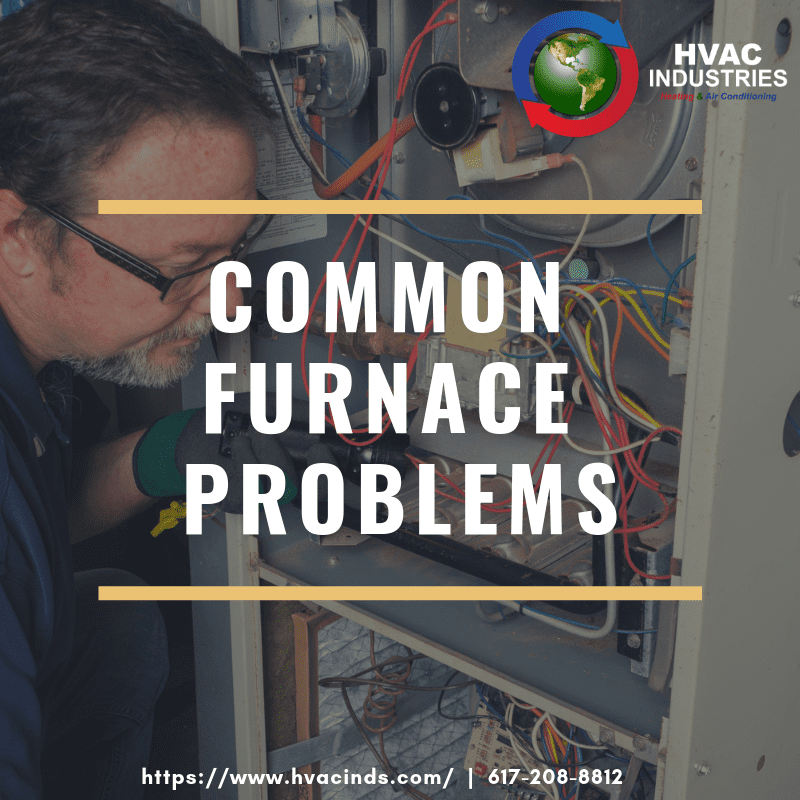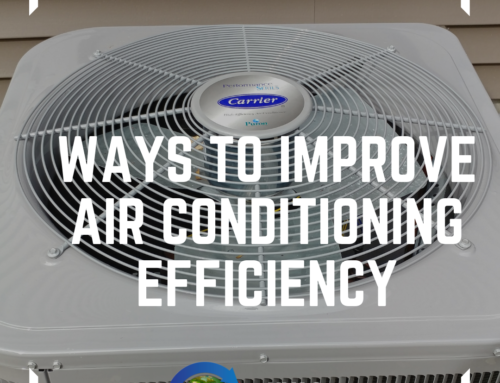 Now that the weather is colder there are many things that can go wrong with a furnace. Our knowledgeable technicians will diagnose precisely what’s wrong with your furnace or heat pump. The first step in any diagnosis is to look for simple things first. Here are some of the most common problems we find when troubleshooting.
Now that the weather is colder there are many things that can go wrong with a furnace. Our knowledgeable technicians will diagnose precisely what’s wrong with your furnace or heat pump. The first step in any diagnosis is to look for simple things first. Here are some of the most common problems we find when troubleshooting.
1. Dirty or clogged filters. The single most important thing you can do to ensure adequate heat in cold weather is to change filters regularly. Dirty filters restrict air flow. This means your furnace has to work harder to circulate warm air throughout your home. This puts unnecessary strain on your furnace and may result in a breakdown, along with excessive utility bills and diminished equipment life.
Change filters at least every three months, and even monthly is not excessive, especially if you have a pet that sheds. Filters are cheap. You can buy a year’s supply for less than the cost of a single service call.
2. Ignition problems. Today’s heating systems typically have one of two types of ignition systems: hot surface ignition or intermittent pilot. Hot surface ignition uses a heating element, kind of like a filament in a light bulb, which is controlled electronically to ignite the gas burner. This element wears out over time. The intermittent pilot also is controlled electronically but uses a high voltage electric spark to ignite the gas pilot and then the main burners. A pilot may burn out due to drafts or clogs in the heating equipment, as well as problems with the thermocouple.
3. Other mechanical issues. Modern heating systems are complicated machines with a variety of electro-mechanical moving parts, including belts, bearings, fans and motors. Over time all of these components are subject to normal wear and tear.
4. Thermostat malfunction. Your thermostat regulates when heat is to be produced and how much. So-called “smart” thermostats are really small computers that can be programmed to set different temperatures at different times, depending on whether residents are at home and their comfort preferences. Whether you have an automated or manual thermostat, problems can develop that lead to no heat or inadequate heat.
Many thermostats are powered by batteries, and one of the first things our troubleshooting technician will check is whether those batteries need replacing! Modern thermostats give a readout warning when batteries get low. It’s surprising how many homeowners don’t notice or don’t heed the flashing reminders to change thermostat batteries.
The best way to assure that your heating system functions during the coldest winter days is to have your unit serviced regularly – at least once a year. Give us a call to ask about our economical service plans that include full system inspections and maintenance.






